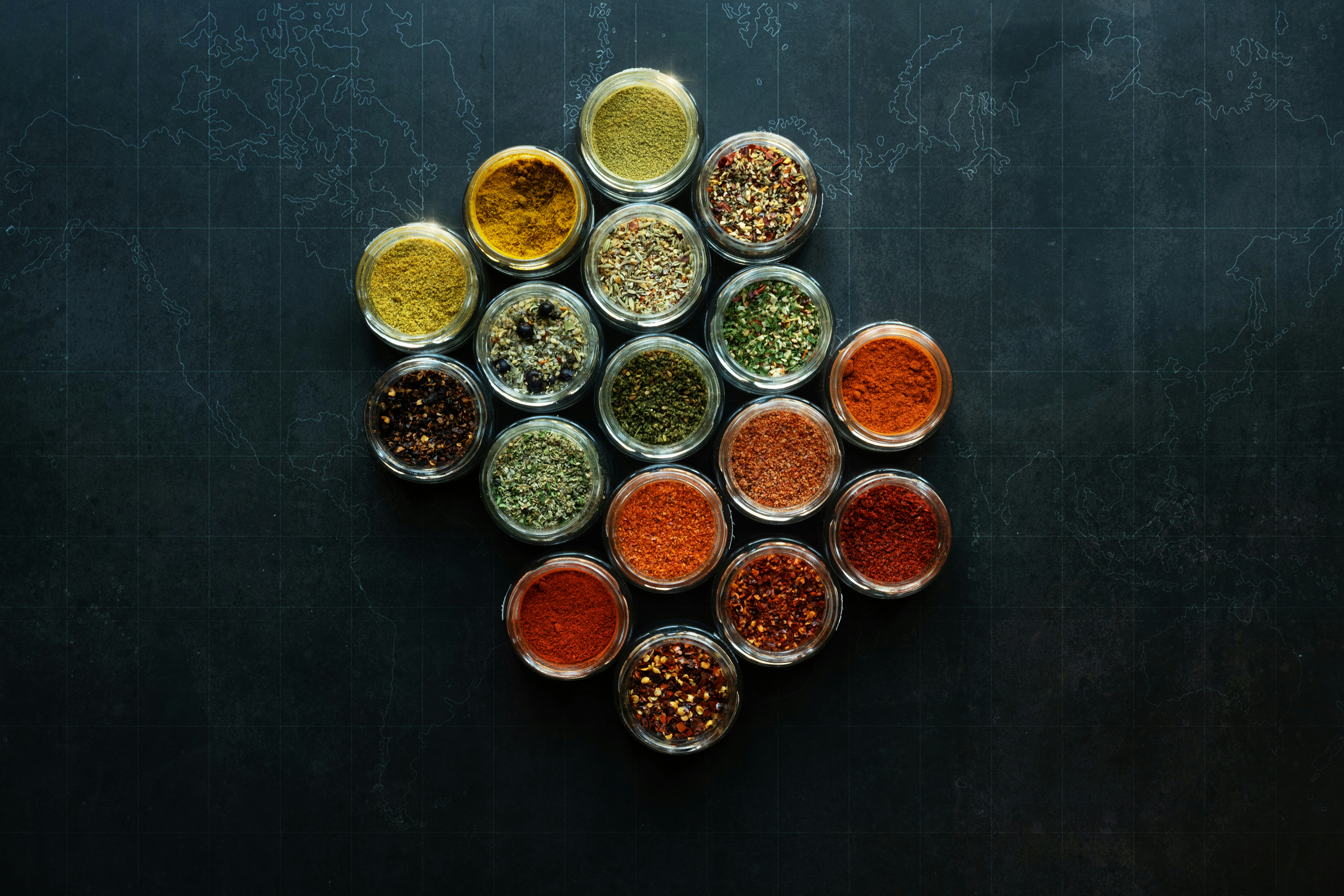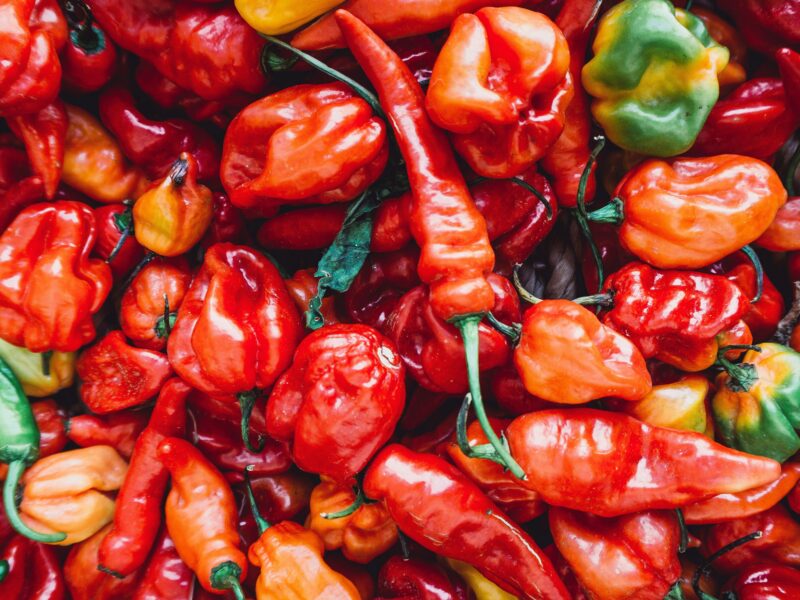Curry powder is a vibrant, aromatic blend that brings depth and complexity to a variety of dishes. Made from a combination of spices, it can range from mild to intensely spicy, with a rich mix of flavors that can transform simple meals into flavorful experiences. Whether you’re adding it to soups, stews, or roasted vegetables, curry powder has a versatile presence in many cuisines. This article will explore the different types of curry powder, their unique uses, and how to choose the right one for your cooking needs.
Origin and history of curry powder
Curry powder is often associated with Indian cuisine, but its creation is relatively recent compared to the long history of curry in the region. The British are credited with developing curry powder during their colonial period in India, blending various spices like turmeric, cumin, coriander, and fenugreek into a convenient mix. Before curry powder, curries in India were made by grinding individual spices together. Today, curry powder is used around the world, from British kitchens to Southeast Asia, adding complexity and heat to dishes.
Varieties of curry powder
Curry powder comes in many different varieties, each with its own unique combination of spices. Here’s a look at five popular types of curry powder:
Indian curry powder
Indian curry powder is a versatile blend of spices, usually including turmeric, cumin, coriander, and fenugreek, along with other spices like cardamom, cinnamon, and cloves. This blend can range from mild to hot depending on the amount of chili used. It’s the perfect option for making traditional curries, but it also works great for soups, stews, and marinades. The mild-to-medium spice level makes it suitable for a wide variety of dishes.
Madras curry powder
Named after the southern Indian city of Madras (now Chennai), Madras curry powder is known for its spiciness and deep, bold flavors. It typically includes ingredients like turmeric, chili powder, cumin, and coriander, along with additional spices for heat. Madras curry powder is ideal for dishes that need a strong kick, such as chicken curries, lentils, or grilled meats. It has a rich, red color that adds visual appeal to dishes.
Japanese curry powder
Japanese curry powder is milder and sweeter than its Indian counterparts. This variety includes turmeric, coriander, cumin, and fenugreek, along with the addition of sweet spices like cinnamon and clove. Japanese curry powder is used to make curry sauces, particularly for the famous Japanese curry rice, which is often served with meats, vegetables, and rice. Its subtle sweetness and gentle heat make it an excellent choice for those who prefer a less intense spice.
Caribbean curry powder
Caribbean curry powder blends are influenced by the region’s rich culinary traditions, incorporating spices such as turmeric, allspice, cumin, and coriander. It is known for its aromatic, slightly sweet and savory flavor, often featuring ingredients like thyme and garlic. This curry powder is commonly used in dishes such as curried goat, chicken, and stews. It can be spicier than Japanese curry powder but not as hot as Madras curry powder, making it versatile for a range of dishes.
South African curry powder
South African curry powder is influenced by both Indian and African spice traditions. It is typically a bit milder and sweeter compared to Indian curry powders but still packs plenty of flavor. Ingredients like turmeric, cumin, coriander, and garlic are often included, along with the addition of ginger and cloves. This curry powder is great for adding flavor to meats, especially chicken and lamb, and it can be used to spice up stews, soups, and rice dishes.
- Japanese Curry Rice: A mild and slightly sweet curry served with tender vegetables and rice, using Japanese curry powder for a unique, comforting flavor
- South African Lamb Curry: A rich and aromatic curry made with South African curry powder, combining sweet and savory notes that complement the lamb perfectly
- Vegetable and Chickpea Stew with Curry: A hearty, plant-based stew filled with vegetables and chickpeas, simmered in Indian curry powder for a deep, savory flavor
How to choose the right curry powder for cooking?
Choosing the right curry powder depends on your flavor preferences and the dish you’re preparing. Indian curry powder is perfect for classic curries, while Madras curry powder is ideal for those who enjoy a spicier, bolder taste. Japanese curry powder is great for mild, creamy curry dishes and sauces. For a more aromatic and slightly sweet flavor, Caribbean curry powder is a good choice, while South African curry powder offers a nice balance of spice and sweetness for various meat-based dishes.
Best cooking tips when cooking with curry
- ✔Choose the right curry blend for the dish’s flavor.
- ✔Layer spices for deeper, richer flavor.
- ✔Use fresh garlic, ginger, and herbs for vibrancy.
- ✔Add acidity with lime or vinegar to balance richness.
- ✔Add textures like crispy onions or nuts for contrast.
So, what would cooking be without curry powder?
Curry powder is a transformative ingredient that adds incredible depth and warmth to your dishes. Whether you’re using Indian curry powder for a traditional curry or Caribbean curry powder for something with a tropical flair, curry powder enhances both the flavor and color of your meals. Understanding the different varieties and their unique flavor profiles allows you to experiment and elevate your cooking. Curry powder’s versatility makes it a must-have in any kitchen, offering endless possibilities for bold, flavorful dishes.


